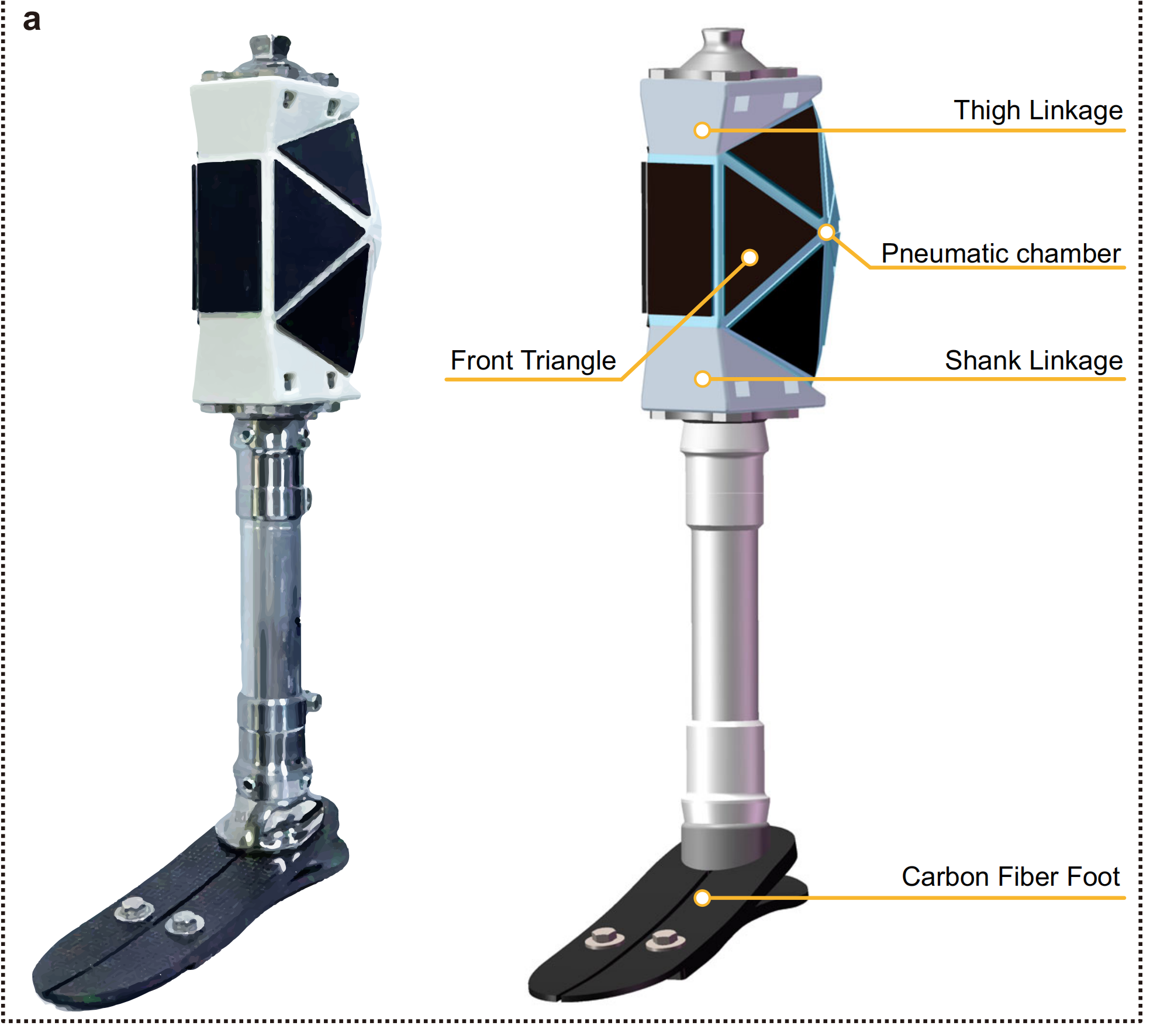Why Are Green Mangroves Called 'Red Forests' in Chinese?
Mangroves, widely known as "coastal guardians" due to the critical role they play in coastal protection, are the woody vegetation communities growing in the intertidal zones of tropical and subtropical coasts, that constitute a rare and spectacular ecosystem at the boundary between land and sea. Despite their appearance being similar to common green forests, the question arises: why are they called "red forests" in Chinese?
Li Mei, associate researcher at the Research Institute of Tropical Forestry, Chinese Academy of Forestry, explains that the name does not stem from the color of their leaves or the overall appearance but from the tannins in the bark of mangrove plants. In mangrove forests, the foliage is mostly green, and the roots may exhibit a reddish hue. The bark of mangrove plants often contains tannic acid, a substance that is colorless and transparent but turns red upon oxidation when exposed to air, and because of this the "red forest" name was given in Chinese.
While most organisms rely on freshwater for survival, mangroves thrive in coastal intertidal zones. According to Li, mangroves adapt to the highly saline marine environment through complex physiological mechanisms.
Mangroves manage salt within their bodies through salt excretion structures. They use salt glands located at the back of the leaves to excrete salt, store salt in specific cells, or form crystals in the leaves, allowing salt to be excreted with fallen leaves.
With specialized root structures such as prop roots, mangroves can obtain oxygen in underwater low-oxygen environments and anchor themselves firmly in loose sediment. Additionally, osmoregulation capabilities and a thick cuticle contribute to their adaptability to the highly saline marine environment.







